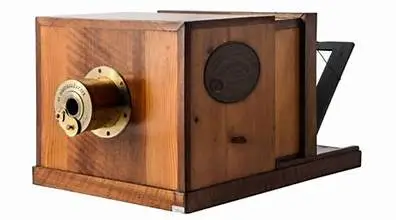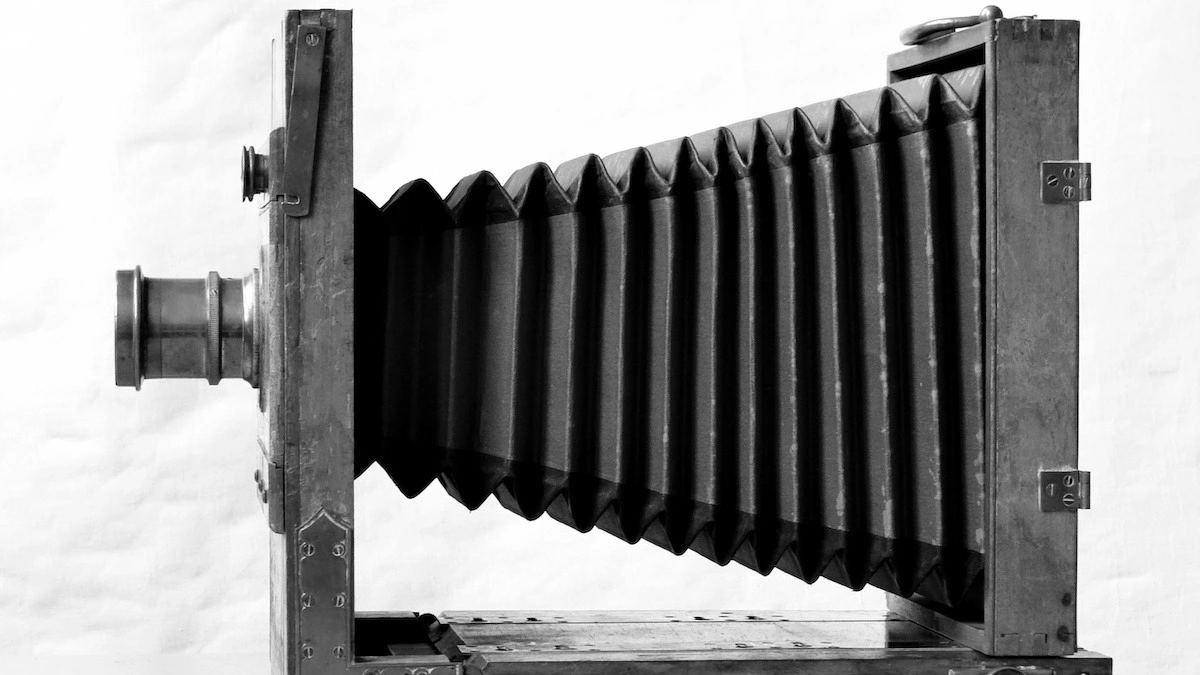The camera’s journey from concept to invention is a fascinating story of experimentation, science, and a bit of luck. Imagine a time in the early 1800s when capturing images wasn’t possible—where artists relied on paint, ink, and memory alone to recreate the world. Then came a few daring inventors whose determination to “trap” light forever changed the way we see our world. Let’s look at the story of how the first camera was invented, who made it possible, and what that early device looked like.
Camera Obscura: The Early Inspiration
The camera’s roots go back over a thousand years with the concept of the camera obscura. This wasn’t a camera as we know it; rather, it was a dark room or box with a small hole that projected an image from outside onto a wall inside. Mozi, a Chinese philosopher, first described this concept around the 5th century BCE, and later, Aristotle also studied its properties. For centuries, artists used camera obscuras to help with drawing and perspective, but it couldn’t capture or save images—just display them.
Niépce and the First Photograph (1826)

The first major breakthrough came in 1826 with Joseph Nicéphore Niépce, a French inventor fascinated by capturing images permanently. Using a specially prepared pewter plate and a camera obscura, he created the first photograph, “View from the Window at Le Gras.” This photograph required an incredibly long eight-hour exposure to allow the sunlight to “etch” the image onto the plate. The resulting image was grainy and faint but marked the birth of photography.
Niépce’s invention, which he called a heliograph, was more of a prototype than a camera by modern standards. It was large and heavy, similar to a small table, and its long exposure time made it impractical for most uses. Nonetheless, this was the first time anyone had successfully captured and kept a visual scene.
Louis Daguerre and the Daguerreotype (1839)

After Niépce’s death, Louis Daguerre—his collaborator—continued refining the technology. In 1839, Daguerre announced the daguerreotype, a much faster and clearer way of capturing images. Using silver-plated copper sheets and a chemical process, his invention could capture an image in minutes rather than hours. The daguerreotype was also much sharper and more detailed than Niépce’s early photographs.
The daguerreotype camera was still large, about the size of a small suitcase, and required bulky equipment and chemicals. However, it was a huge leap forward, and photography quickly gained popularity. Daguerreotypes became especially common in portrait studios across Europe and America.
The Impact and Legacy
The invention of the camera changed everything—from science to art to personal memory-keeping. In the decades following Daguerre’s success, new inventors, including George Eastman (who founded Kodak), continued to improve on these designs, leading to smaller, more portable cameras and eventually the digital devices we know today.
These early cameras were anything but user-friendly, requiring hours of exposure, complicated setups, and special knowledge. But thanks to these pioneers’ relentless experimentation, photography eventually became accessible to everyone, forever changing how we capture and remember our lives.

